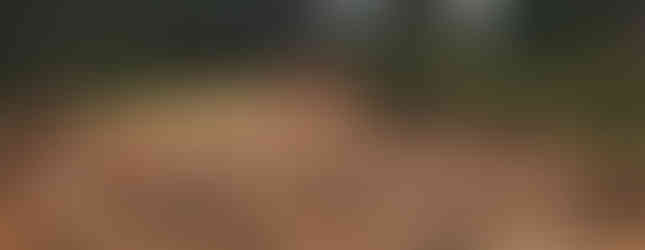THINGS TO LOOK FOR || FOUNDATIONS
- Candor Developments Inc

- Jan 2, 2023
- 3 min read
In our second feature we will be focusing on the foundation of the home.

1) FOOTINGS
Concrete footings create a base for the walls to sit on. Typically, they are 16”-24” wide and 8-12" thick. These numbers can change depending on the size of the home and engineering involved but for the average home these numbers are typical.
Best practices for the construction of footings are:
A) Find the high spot of the excavation and level the footings. This will make the placement of the wall panels flow smoothly and easily.
B) The footings should be square, straight and centered below the foundation walls.
This will ensure that when the home is built up the load will be distributed evenly over the footings. This will help decrease the amount of ‘settling’.
C) Rebar should be placed approximately 3” in from the edges of the footing and hung
3” up from the ground.
D) Vertical rebar uprights should be placed into the footings according to the engineered specification. If nothing is specified than the best practice is to have these uprights placed a minimum of every 4’ on center and sticking up out of the footing 3” below the top of the desired concrete wall height. These vertical rebar uprights are what tie-in the concrete walls to the footings.
2) FOUNDATION WALLS
Foundation walls are typically 6”-8” thick and set at a predetermined height. We like to pour our foundation walls at a minimum of 8” thick. Unfortunately, building codes in some jurisdictions do not require the foundation walls to have rebar. This is bare minimum code and not best practice.
Best practices for the construction of the walls are:
A) Square and snap chalk lines for where the walls will be set on the footings.
B) If the engineer did not list rebar specifications than it is best
to place rows of horizontal rebar on 2’ spacing starting from the footing and working up. Then place a final horizontal row 3” below the top of the wall.
C) Brace and straighten the walls before pouring concrete to ensure that the walls do not move when concrete is placed.
3) SKIM COAT
The skim coat of concrete in the crawlspace/basement is done after the walls have
been completed and prior to framing.
Best practices for the skim coat are:
A) Use a structural fill such as 10m or screened pit run as discussed in our last blog
to bring up the grade inside the foundation walls to the tops of the footings.
B) Use a compactor on the fill to create a solid base for the concrete to be placed.
C) Place a continuous bead of acoustical sealant on the tops of the footings near the base of the walls.
D) Place a layer of poly that covers the fill and tops of the footings. Tape all seams and compress the poly onto the acoustical sealant.
E) Pour concrete at a minimum 1-½" thickness and use concrete floats to ensure that the concrete is smooth. A smooth skim coat allows easy mobility for all the sub-trades who have to work down there.
These few points should give the average consumer a basic understanding of what to look for during the construction of the foundation.
If you’re looking to buy a home cruise the neighbourhood the home is in to see if that builder has any foundations being constructed on other homes. Check to see if they are following these best practices. If they don’t have any other homes being constructed ask questions like;
What is the rebar spacing both horizontally and vertically in the foundation?
What is the thickness of the concrete walls?
What type of fill material did you use under the skim coat?
How thick do you pour your skim coats?
Do you place acoustical sealant around the base of the walls prior to placing the poly barrier?
A trusted builder will embrace informed and pointed questions like these. Thanks for reading and we’ll see you on next month’s blog post which will focus on framing.













Comments